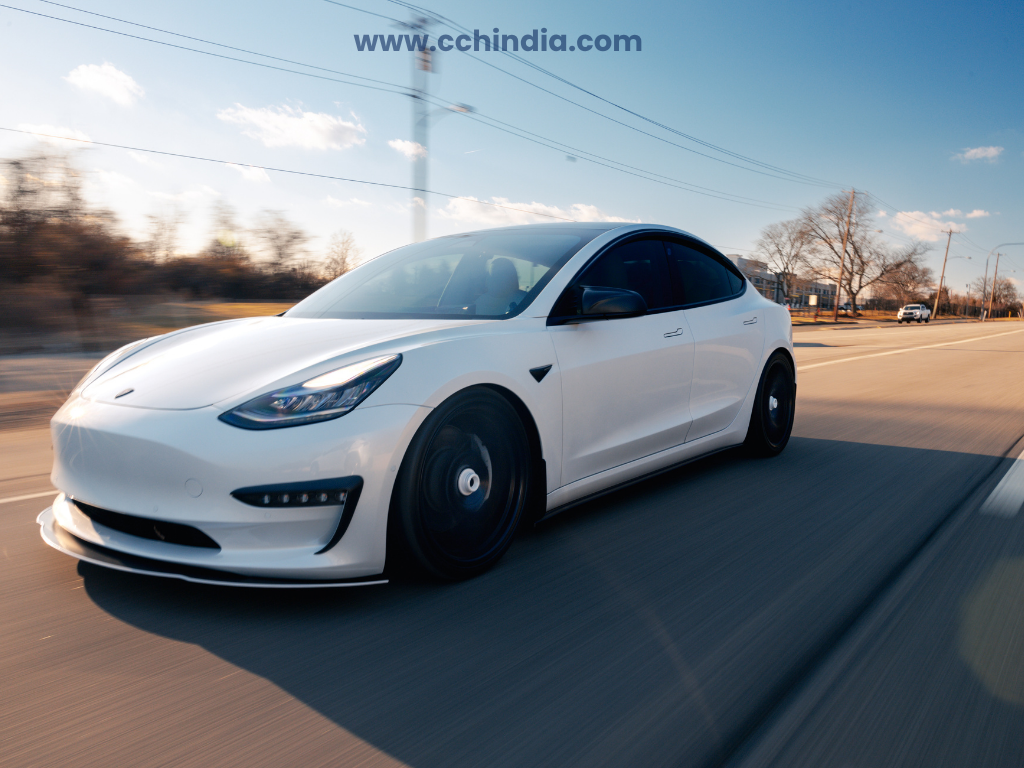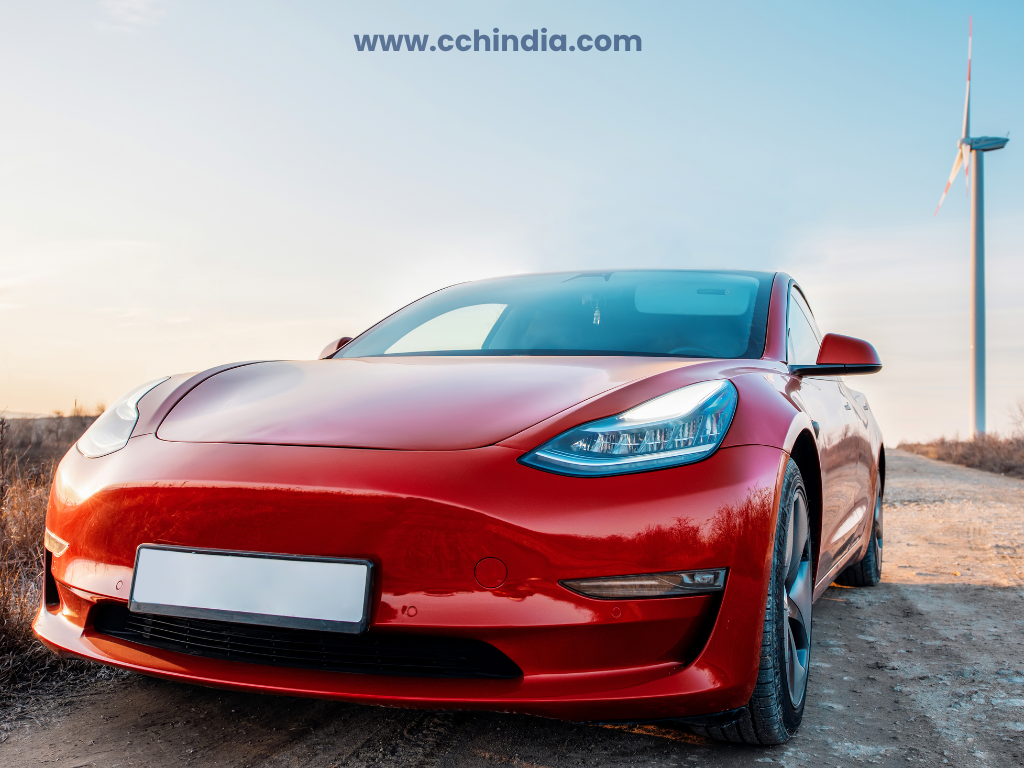India's EV Market Just Got Real — Tesla Is Officially Here!
Tesla officially launches in India — EV market heats up. Can Tata and Mahindra compete? Full analysis of models, pricing, factory plans & more.

Tesla launches in India with Model 3 and Model Y. Factory plans, pricing, charging stations, and EV future — all you need to know.
Table of contents [Show]
After years of anticipation, speculation, and negotiations, Tesla has officially launched in India — marking a historic milestone for the world’s fastest-growing electric vehicle (EV) market. With this move, the American EV giant led by Elon Musk is set to not only introduce cutting-edge technology but also reshape the very fabric of India’s automobile and energy ecosystem.
In this blog, we’ll dive deep into Tesla’s India entry, its implications, expected models, factory plans, challenges, and what this means for Indian consumers.

🔋 Why Tesla’s Entry Matters for India
Tesla is not just another car brand — it’s a global tech and sustainability icon. Its entry into India signals a broader shift toward clean mobility, advanced AI-driven vehicles, and sustainable energy.
India is already committed to reducing its carbon emissions and has set a target of 30% EV penetration by 2030. Tesla’s presence can accelerate that timeline significantly by setting new benchmarks in:
Tesla brings global prestige to India's EV ambitions — potentially attracting more global brands and investors to the sector.
While Tesla is yet to make an official model lineup announcement, the following vehicles are most likely to debut:
Though not planned immediately, the futuristic Cybertruck could see Indian roads by 2026-27 if commercial interest rises.
Tesla is likely to initially import these models via the Completely Built Unit (CBU) route while exploring local assembly in the coming years.

🏭 Tesla’s Indian Factory: Location, Investment & Jobs
According to sources, Tesla is in talks with several state governments including Gujarat, Maharashtra, and Tamil Nadu for setting up a manufacturing plant in India.
Key factory plans:
This aligns with the Make in India and Atmanirbhar Bharat initiatives, and Tesla might benefit from government subsidies and PLI (Production Linked Incentive) schemes.
Tesla’s vehicles are only as good as the network that supports them. That’s why charging infrastructure is a core focus of their India entry strategy.
Tesla plans to:
This would not just benefit Tesla owners but also enhance India's overall EV ecosystem.
Tesla’s biggest appeal is not just its electric motor but its AI-driven driving experience. With features like Autopilot, Full Self-Driving (FSD) (beta), and over-the-air updates, Indian roads are set to get a tech upgrade.
While India’s road conditions pose unique challenges to self-driving tech, Tesla is expected to localize its software using AI and machine learning models trained on Indian data.
This could pave the way for:
One of the biggest concerns among Indian consumers is affordability.
Even the most affordable Tesla, the Model 3, will cost over ₹45 lakh due to import duties (which currently stand at 60–100% on CBU vehicles). However, the situation might improve if:
In the future, a “Made-for-India Tesla” model could cost under ₹25 lakh — making it more accessible to the Indian middle class.
Despite the excitement, Tesla’s road in India won’t be bump-free.
But if there’s any company known for breaking barriers and disrupting markets, it’s Tesla.
Tesla is more than just an automobile brand — it’s a clean energy company.
After launching its EVs, Tesla may also introduce:
This could be revolutionary for India’s energy-hungry and climate-challenged future, especially in rural areas where electricity is intermittent.
Tesla’s official entry into India marks the beginning of a new era — one where clean energy, AI, and cutting-edge engineering converge to redefine how we move.
For Indian consumers, it means access to world-class electric cars. For the auto industry, it signals intense innovation and global attention. And for the country, it’s another big step toward a greener, more sustainable future.

Tesla officially launches in India — EV market heats up. Can Tata and Mahindra compete? Full analysis of models, pricing, factory plans & more.

Tesla का भारत में ऑफिशियल लॉन्च, टाटा और महिंद्रा की EV को बड़ी चुनौती। मॉडल, कीमत, फैक्ट्री प्लान और मुकाबले का पूरा विश्लेषण। #tesla india launch # indian ev vs tesla

I don’t know about you, but every time I hear “Indus Waters Treaty,” my brain instantly goes, ugh, here we go again. Signed back in 1960, it was supposed to be this grand solution between India and Pakistan. Neat little division: the western rivers to Pakistan, the eastern ones (Ravi, Beas, Sutlej) to India. Clean on paper, messy in reality.

